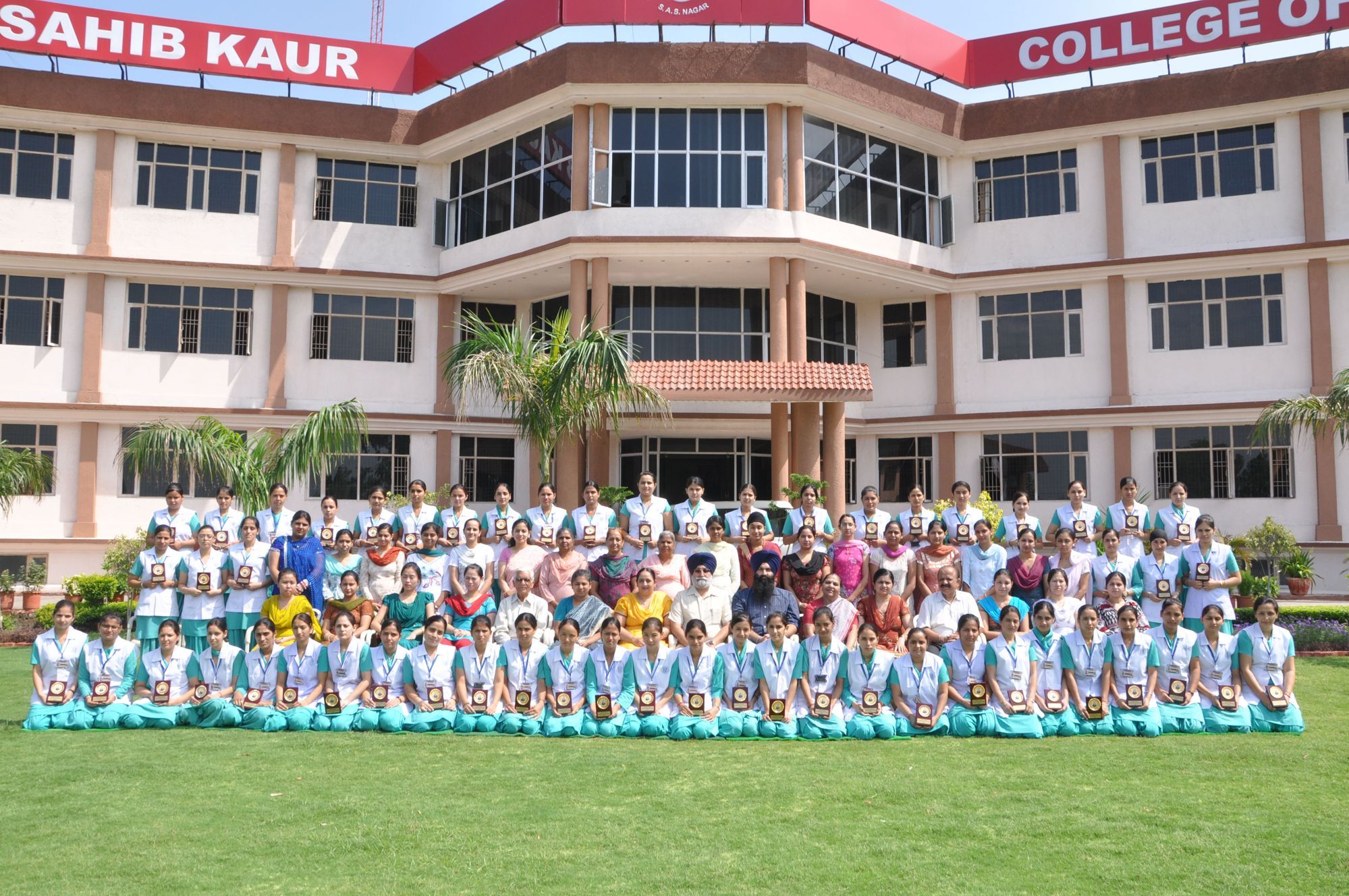Impact of Covid On Nursing

Top BSc Nursing Post Basic Colleges in Chandigarh
July 5, 2021Scope of ANM Nursing in Australia
December 20, 2021Impact of covid On Nursing – The COVID-19 epidemic has had a devastating effect on the nursing industry. To limit the pandemic’s negative impacts, immediate and long-term steps must be implemented. To conduct research, implement novel therapies, and build supporting legislation, it is critical to understand these consequences in varied circumstances.

When the World Health Organization (WHO) named 2020 the Year of the Nurse and Midwife to raise awareness of the need for “nine million additional nurses and midwives to ensure universal health coverage by 2030,” the COVID-19 pandemic was nowhere in sight. The WHO and nurses had no idea how the profession would be catapulted into the limelight during a year marked by many public health crises.
Impact of covid on nursing education:
Nursing education in all universities and colleges is meant to provide face-to-face instruction and hands-on training to ensure that nursing students have the knowledge, skills, and attitude necessary to practice nursing. Lectures, tutorials, clinical training, laboratory practice, community experience, assignments, case presentations, group work, research projects, and a variety of extra-curricular activities are all part of the nursing curriculum.
All of these activities were impacted by the COVID pandemic, which prompted a paradigm change from traditional to virtual learning. This is understandable, albeit its use in teaching nursing students during a pandemic remains debatable. When nursing education is limited in India, these sorts of instructional approaches become a difficulty. Using new technology and creative ways is a challenge for academics as well as students.
Challenges Faced by Nursing Faculty:
To promote an active learning environment, nursing instructors must take the lead in engaging students during the lockdown. In this disaster, online education is the sole alternative, answer, and blessing for students to avoid academic delays in their courses. Zoom, Cisco WebEx, Google Meet, Skype, Facebook Live, YouTube Live, UberConference, FreeConference, DingTalk, Lark, Teams, TrueConf online, Slack video chats, Lifesize go, and Google Classroom have all been used to facilitate live video education.
To attend online classes, professors need to have specific abilities. Proficiency in computers, solid communication skills, clarity of speech, emotional ties with pupils, and the ability to fulfill the needs of different platforms are all essential. Though difficult, it has provided the nursing staff with more opportunities to improve their skills and acquire advanced procedures.
Faculty members faced numerous challenges and issues, including a lack of IT support, continuous technological changes, unequal access for all students, unoptimized mobile software, and security concerns, as well as institutional support barriers such as a lack of funding for advanced technology purchases, a lack of training, a lack of technical support, a lack of clarity and directions, a lack of technical knowledge, a negative attitude, a lack of motivation, and a lack of institutional support.
Challenges Faced By Nursing Students:
Theory classes
Pandemics have served as a fresh wake-up call for nursing education in this new century. Students were nervous, tense, frightened, and fearful of catching the disease. In the classroom, nursing teaching methods include lecture, demonstration, and discussion utilizing audio-visual aids, but lockdown generated uncertainty for teaching and disrupted student learning, and classes were relocated to online teaching and learning. Students comprehended the technology faster than the instructors, although educational applications are new to them.
Students seldom ask questions or are hesitant to ask queries in online classes. It resulted in less interaction between students and teachers. Due to the continuous online instructional style, students reported a lack of attention, eyestrain, and a headache. Students became irritated due to network troubles and difficulties comprehending the courses. Raised hands may go unnoticed by professors, and the message box may be distracting to pupils.
Clinical training
Clinical education makes up more than half of a nurse’s formal education. As a result, it is seen as a vital aspect of the nursing program. Nursing students must study experimentally and translate theoretical information into psychomotor skills that are important for patient care during practical training. Clinical training for nursing students in hospitals is entirely halted during the lockdown. The majority of universities have stopped or stopped exposing their students to clinical. Bedside teaching, clinical case presentation, case study, health assessment, hands-on training, and interaction with the patient and their family members were not undertaken by the students.
Advantages of online teaching and learning activity during a pandemic lockdown:
During this epidemic, the greatest answer and panacea for keeping kids safe and controlling the spread of the coronavirus is to teach them online. It is low-cost and effective, and it improves communication between instructors and students. It can also reach out to pupils who are far away. Faculty can also instruct many students at once. The teaching in the online class can be saved and referred to for future reference. Some universities use online test software, which may restrict institutions from deviating from their usual academic timetable.
Disadvantages of online teaching and learning during a pandemic lockdown:
Many students lack the necessary skills to utilize internet platforms responsibly, leaving them exposed to sexual exploitation. Low-income students are unable to purchase technological devices and internet access, resulting in a divide between rich and underprivileged pupils. When pupils were at home and receiving online instruction, parents frequently complained about a lack of discipline and laziness.
Due to a lack of internet connectivity, inappropriate class notice, unavailability of notes, and a lack of essential digital equipment. The online method of teaching compromises the interpersonal contact between instructors and students. Students become more reliant on electronics as their screen time increases. The majority of professors are using the free online platform, which has a time limit. If antivirus software and the most recent software updates are not installed. There is a risk of digital devices being hacked.







